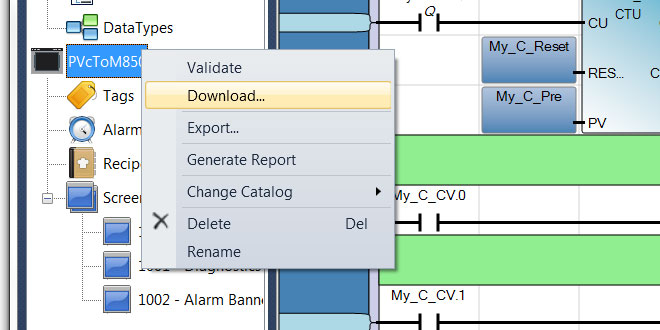
Although this practice doesn’t seem like a big deal, we will explore the reasons for doing so below. The above practice is called IO mapping or buffering. Similarly, each output tag which comes from the PLC will need to be mapped to the corresponding output. For example, in Studio 5000, you’ll need to map as follows:Įach input will receive a corresponding tag on the PLC side. In other words, each input module which specifies input tags will need to be mapped to internal PLC tags. The simplest way to map inputs & outputs is to create a routine which will contain the tags linked to the modules & set them through OTE Instructions. Lastly, we will give you real-world scenarios in which this practice is important. In this article, we will be giving you an in-depth overview of IO buffering, discussing why it’s important & what you can accomplish through this practice.

Furthermore, having these assets within a single program greatly reduces the time to troubleshoot and commission new systems. The necessity to manipulate may come from hardware failure or need to upgrade or expand the system.

It allows one to contain all the primary input & output tags within a single program & easily manipulate them as needed. IO Mapping or Buffering can help you in multiple ways. Although this task is fairly straightforward, many programmers either avoid it or implement it incorrectly due to their misunderstanding of it.

One of the first tasks of PLC Programming is to properly map Inputs & Outputs.


 0 kommentar(er)
0 kommentar(er)
